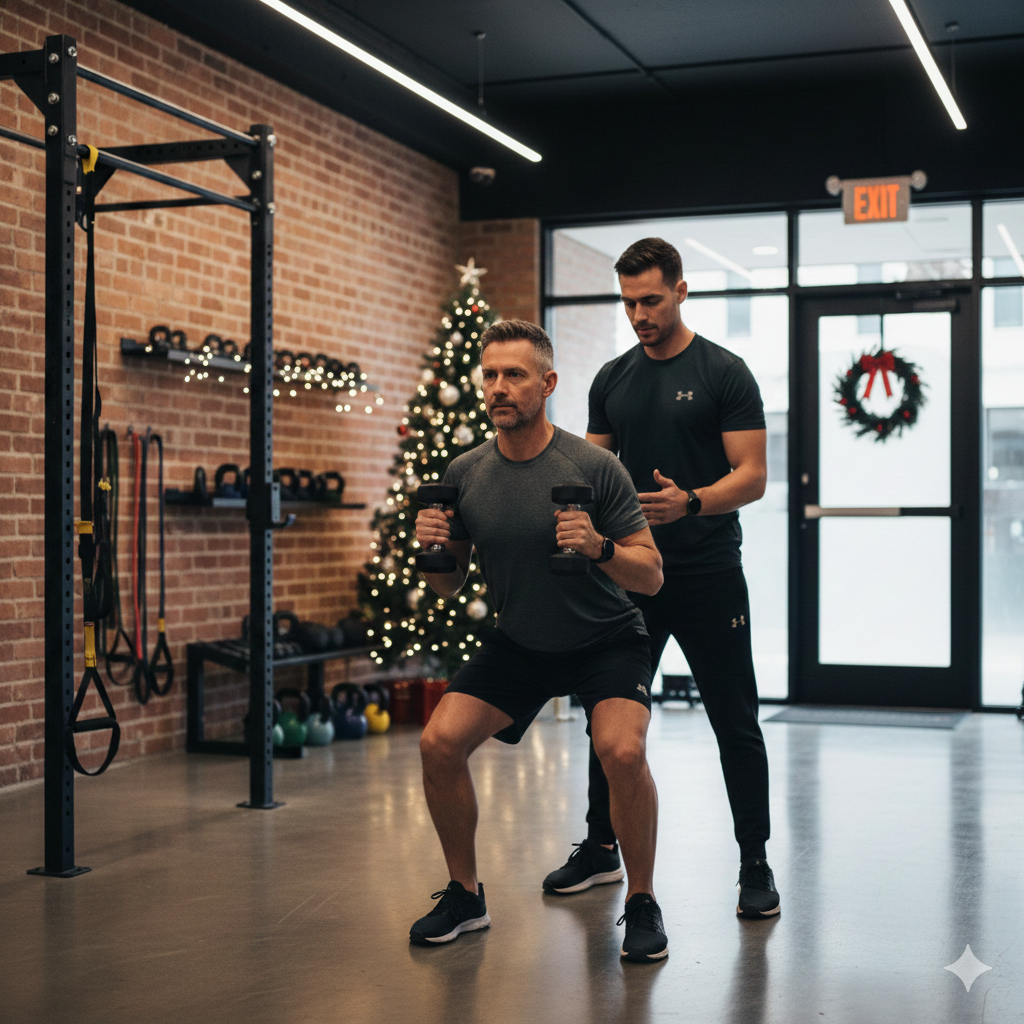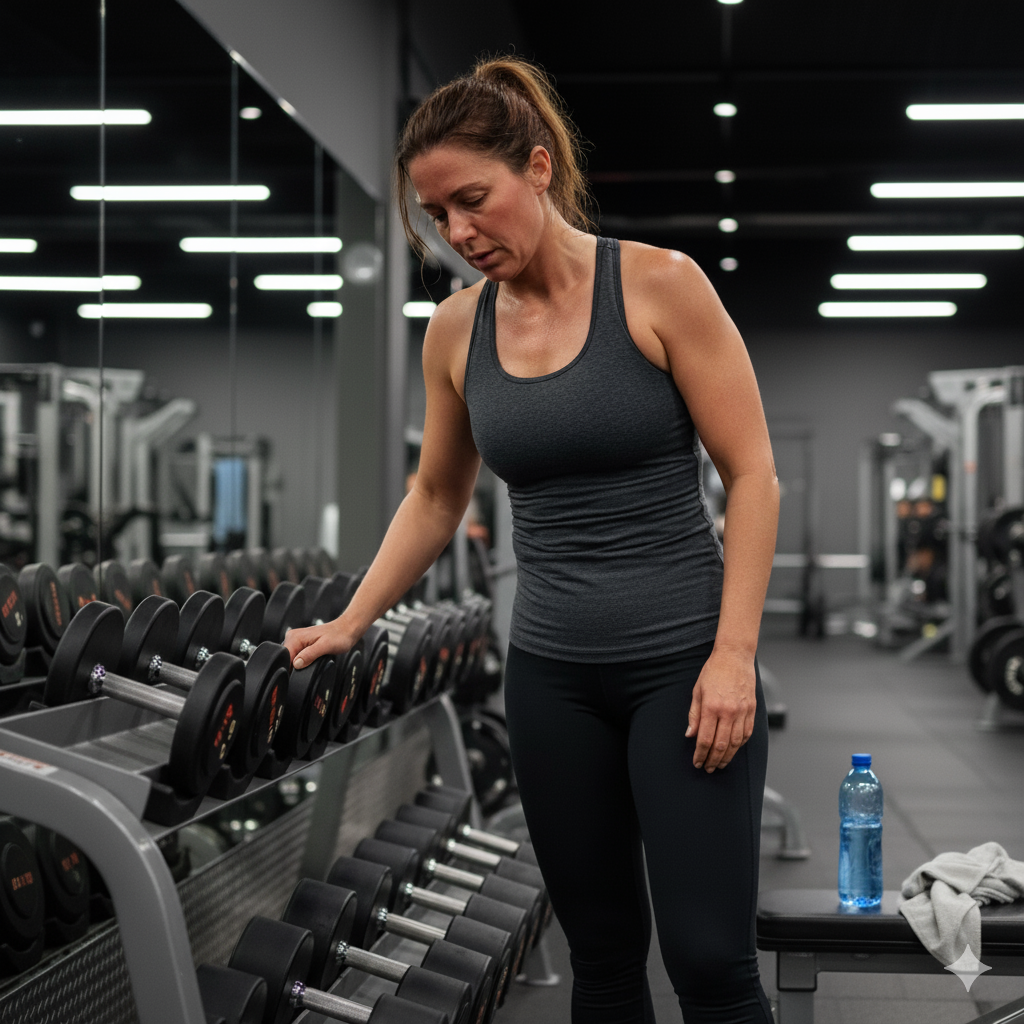Try Rucking
August 10, 2021

There are many great ways to get exercise outdoors in the warm weather. One of those is rucking. Rucking is simply walking with a weighted backpack also known as a rucksack. Walking with the added weight burns more calories than walking normally, and it helps improve strength with a much lower risk of injury or wear and tear on your joints. Your core strength and posture will also improve when you carry a weighted backpack on walks. Many experts believe rucking improves strength in your hips to help with knee and back pain.
When you first try rucking, start with about 10 percent of your body weight. Start on surfaces where there is a lower risk of falling, such as a paved road or a local track. As you build your strength and your balance, try more challenging rucking such as hiking trails or steep hills.
When you’re able to ruck at a pace of a 15-minute mile or better, try adding some weight to make it more challenging and then work toward achieving that pace again.
If you have a job that requires you to bring your laptop with you to work, purchase a backpack to carry your laptop and take walks with it at lunchtime. There are also great apps you can get on your phone to join a rucking community or keep yourself accountable to seeing progress.
At Axio Fitness, we believe there are so many great ways to be active. Living an active lifestyle means doing physical activity every day and enjoying the tremendous benefits. It’s more than just reaching a goal weight; it is a way of life. Embrace physical activity daily and always look for fun and new things to add to your fitness routine.

Share Post
Our Recent Blogs




Leave a Reply
Your email address will not be published.
Required fields are marked *

